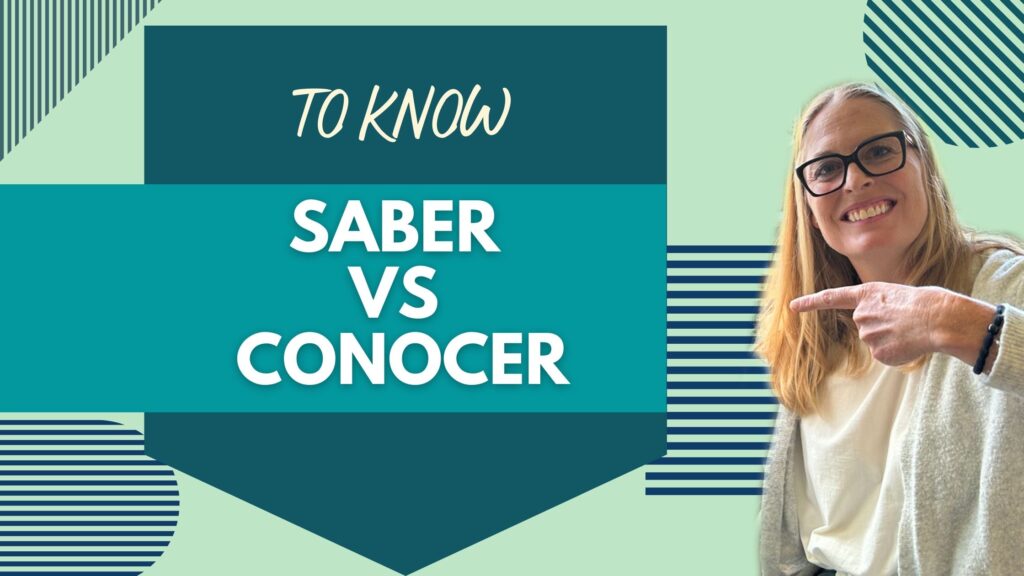Formal Spanish Greetings- Getting Started
Whether you’re traveling to Costa Rica with us this summer or working with Latinos in your own community, properly greeting and conversing with the people you meet is crucial to getting off on the right foot. We’ve talked about the importance of greetings in Latin culture, but it’s also important to use an appropriate Spanish greeting based on the context and who you’re talking to.
Last month we talked about informal greetings and small talk, but here are some tips for making conversation in more formal contexts:
When you walk into the room
Buenos días Good morning
Buenas tardes Good afternoon
Buenas noches Good evening/night
These may seem basic, but they’re always appropriate. They can be used to politely greet one person or a room full of people. Also, when calling someone on the phone, it’s polite to use one of these greetings before getting to the point of your call or asking to speak to someone else.
This initial greeting can be followed by the standard:
¿Cómo está usted? How are you?
Muy bien, gracias, ¿Y usted? Fine, thanks. And you?
On the phone
When you call a phone number, it’s important to exchange the greetings and pleasantries above with whomever answers the phone. To ask to speak to someone else, you might try:
¿Se encuentra Roberto? Is Roberto there?
¿Me puede comunicar con Roberto? May I please speak with Roberto?
Con Roberto, por favor. Roberto, please.
¿De parte de quién? A polite way of asking “who’s calling?”
Perdón, tengo el número equivocado. I’m sorry, I have the wrong number.
Gracias, muy amable, adiós. Thank you, you have been kind, goodbye.
Gracias, ciao. Thank you, bye.
Introductions
When introducing yourself to someone, it’s appropriate to shake hands and say:
Me llamo (your name). My name is (your name).
¿Cómo se llama usted? What’s your name?
Mucho gusto. Nice to meet you.
Mucho gusto./Encantado./El gusto es mío. Nice to meet you./Enchanted./The pleasure is mine.
When introducing two people to each other, use the verb presentar:
Carlos, le presento a Julia. Julia, éste es Carlos. Carlos, I present to you Julia. Julia, this is Carlos
Saying goodbye
Fue un placer conocerlo/a. It was a pleasure to meet you.
Gracias por todo. Thanks for everything.
Hasta luego. See you later.
These phrases should get you started. Be sure to check back for advice on how to keep the conversation going!



